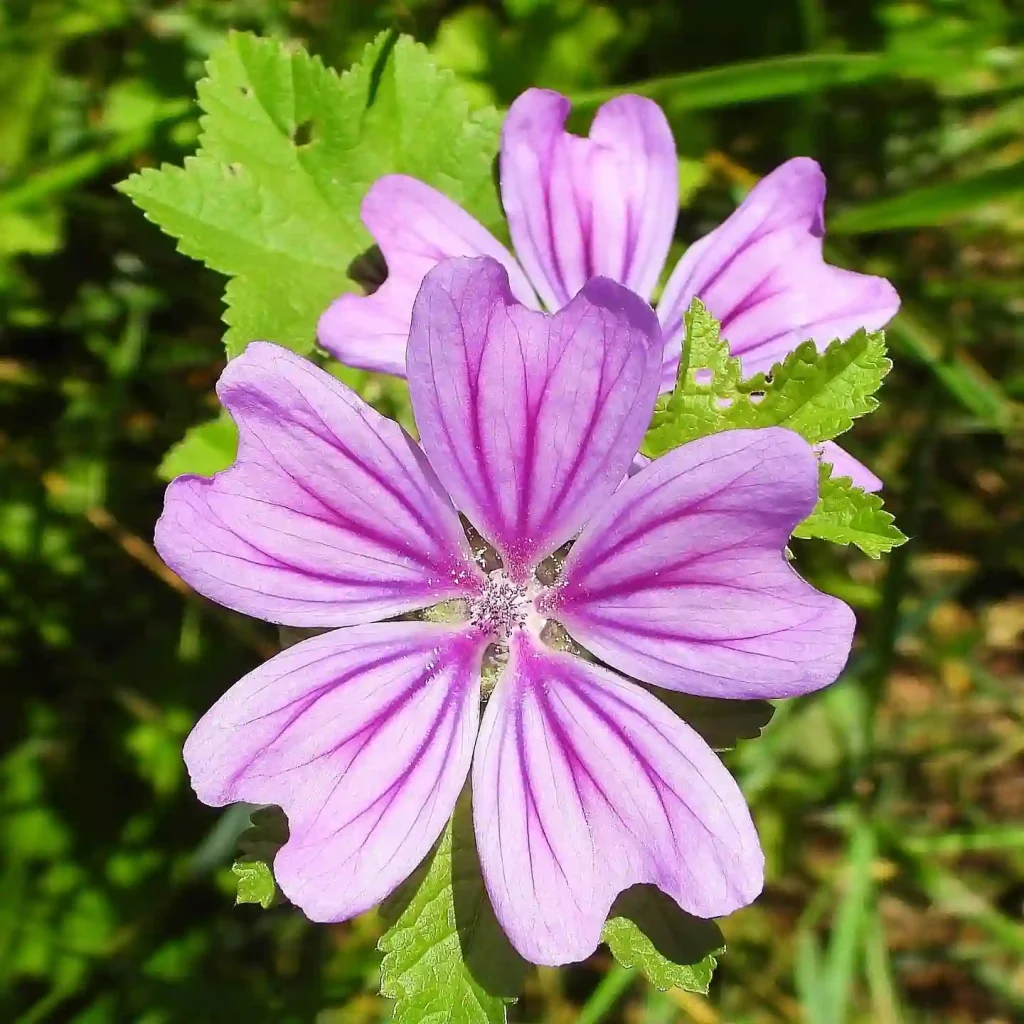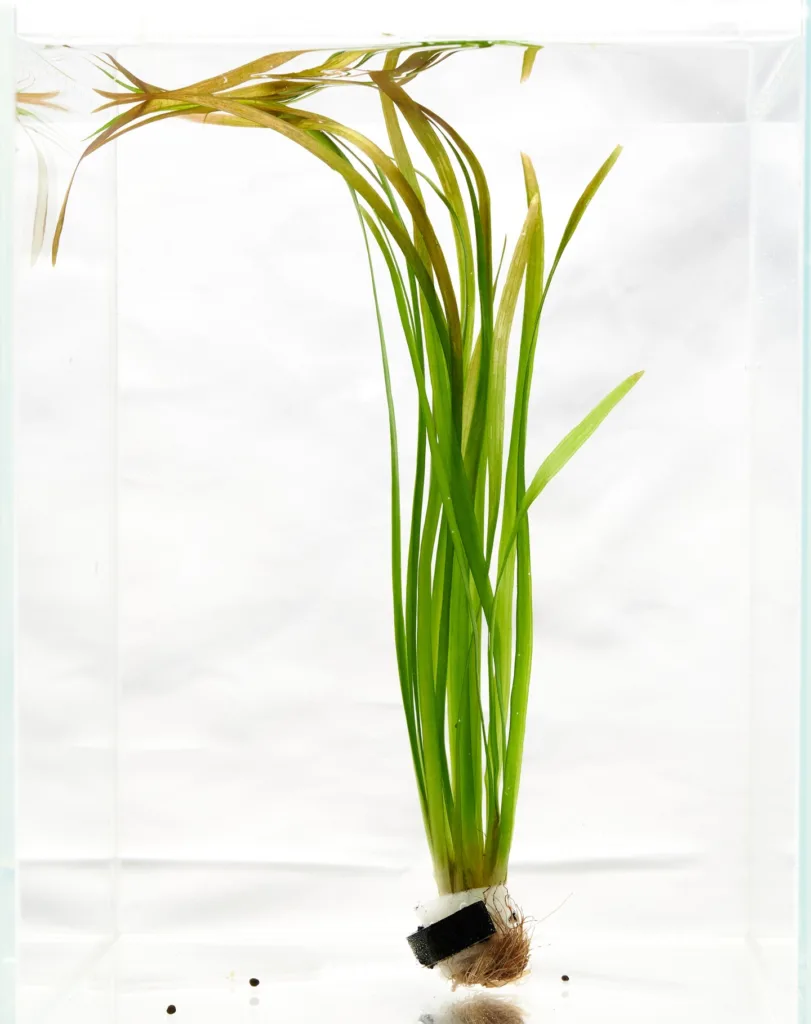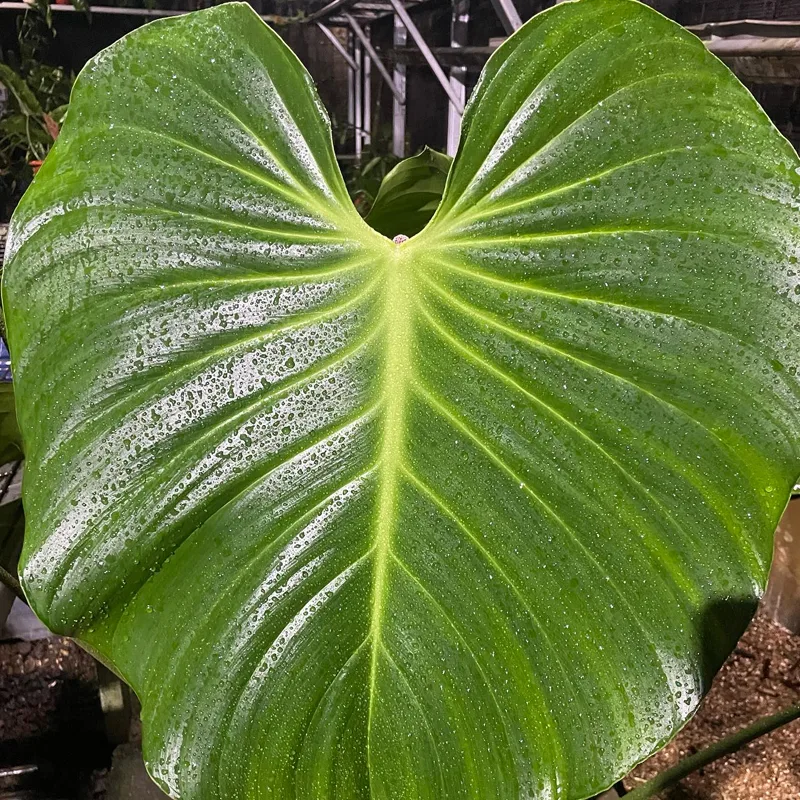The Enchanting World of Dracula Orchids
My name is Ferb Vu, and I’m an orchid enthusiast. While the vibrant colors and delicate structures of many genera of Orchidaceae family captivate me, I’ve always been drawn to the more unusual, even macabre beauty of the Dracula genus. These orchids, with their bizarre shapes and often somber hues, evoke a sense of mystery and intrigue that sets them apart.
Imagine a flower that resembles a monkey’s face or a bat in flight. Now picture it adorned with long, whisker-like sepals and often sporting dark, almost gothic colors. These are the hallmarks of the Dracula orchid, a fascinating genus native to the cloud forests of Central and South America.
A Name Fit for a Vampire
The name Dracula, meaning “little dragon” in Latin, is a fitting tribute to the mythical Count Dracula. This association stems from the flower’s unique appearance. Some species boast deep red hues reminiscent of blood, while the long, pointed sepals evoke images of fangs. The overall impression is one of a dark, mysterious beauty, perfectly in line with the vampire lore.
These orchids are epiphytes, meaning they grow on other plants, typically trees, for support. They thrive in the humid, cool environments of high-altitude cloud forests, often shrouded in mist and fog. This preference for dimly lit, damp conditions contributes to their air of mystery.
Diversity in the Dark
The Dracula genus is surprisingly diverse, with over 100 recognized species. Each possesses its own unique charm and characteristics. Some of the most notable include:
- Dracula adrianae Luer
- Dracula agnosia A.Doucette
- Dracula alcithoe Luer & R.Escobar
- Dracula amaliae Luer & R.Escobar
- Dracula andreettae (Luer) Luer
- Dracula × anicula Luer & R.Escobar
- Dracula anthracina Luer & R.Escobar
- Dracula antonii Luer
- Dracula aphrodes Luer & R.Escobar
- Dracula astuta (Rchb.f.) Luer
- Dracula barrowii Luer
- Dracula bella (Rchb.f.) Luer
- Dracula bellerophon Luer & R.Escobar
- Dracula benedicti (Rchb.f.) Luer
- Dracula berthae Luer & R.Escobar
- Dracula brangeri Luer
- Dracula callithrix N.Peláez, Buit-Del. & Gary Mey.
- Dracula carcharodon Vierling
- Dracula carcinopsis Luer & R.Escobar
- Dracula carlueri Hermans & P.J.Cribb
- Dracula chestertonii (Rchb.f.) Luer
- Dracula chimaera (Rchb.f.) Luer
- Dracula chiroptera Luer & Malo
- Dracula christineana Luer
- Dracula circe Luer & R.Escobar
- Dracula citrina Luer & R.Escobar
- Dracula cochliops Luer & R.Escobar
- Dracula cordobae Luer
- Dracula cutis-bufonis Luer & R.Escobar
- Dracula dalessandroi Luer
- Dracula dalstroemii Luer
- Dracula deburghgraeveana Vierling
- Dracula decussata Luer & R.Escobar
- Dracula deltoidea (Luer) Luer
- Dracula deniseana Luer
- Dracula dens-canis N.Peláez
- Dracula diabola Luer & R.Escobar
- Dracula diana Luer & R.Escobar
- Dracula dickinsoniana Vierling
- Dracula dodsonii (Luer) Luer
- Dracula erythrochaete (Rchb.f.) Luer
- Dracula erythrocodon (Luer & Dalström) O.Gruss & M.Wolff
- Dracula exasperata Luer & R.Escobar
- Dracula fafnir Luer
- Dracula felix (Luer) Luer
- Dracula fernandezii Cavestro
- Dracula flabellulata Vierling
- Dracula fuligifera Luer
- Dracula fuliginosa (Luer) Luer
- Dracula gastrophora Luer & Hirtz
- Dracula gerhardii Luer & Sijm
- Dracula gigas (Luer & Andreetta) Luer
- Dracula gorgona (A.H.Kent) Luer & R.Escobar
- Dracula gorgonella Luer & R.Escobar
- Dracula hawleyi Luer
- Dracula hirsuta Luer & Andreetta
- Dracula hirtzii Luer
- Dracula houtteana (Rchb.f.) Luer
- Dracula immunda A.Doucette
- Dracula inaequalis (Rchb.f.) Luer & R.Escobar
- Dracula incognita Luer & R.Escobar
- Dracula inexperata Pupulin
- Dracula insolita Luer & R.Escobar
- Dracula irmeliniae N.Peláez, Gary Mey. & L.A.Mazar.
- Dracula janetiae (Luer) Luer
- Dracula kareniae Luer & Dalström
- Dracula lafleurii Luer & Dalström
- Dracula lehmanniana Luer & R.Escobar
- Dracula lemurella Luer & R.Escobar
- Dracula leonum Luer
- Dracula levii Luer
- Dracula ligiae Luer & R.Escobar
- Dracula lindstroemii Luer & Dalström
- Dracula lotax (Luer) Luer
- Dracula maduroi Luer
- Dracula mantissa Luer & R.Escobar
- Dracula marieae Cavestro & J.Fernandez
- Dracula marinii Baquero
- Dracula marsupialis Luer & Hirtz
- Dracula mendozae Luer & V.N.M.Rao
- Dracula minax Luer & R.Escobar
- Dracula mopsus (F.Lehm. & Kraenzl.) Luer
- Dracula morleyi Luer & Dalström
- Dracula navarroorum Luer & Hirtz
- Dracula nigritella Luer
- Dracula nosferatu Luer & R.Escobar
- Dracula nycterina (Rchb.f.) Luer
- Dracula octavioi Luer & R.Escobar
- Dracula olmosii Luer & Maduro
- Dracula ophioceps Luer & R.Escobar
- Dracula orientalis Luer & R.Escobar
- Dracula ortiziana Luer & R.Escobar
- Dracula papillosa Luer & Dodson
- Dracula pholeodytes Luer & R.Escobar
- Dracula pileus Luer & R.Escobar
- Dracula × pinasensis Zambrano & Solano
- Dracula polyphemus (Luer) Luer
- Dracula portillae Luer & Andreetta
- Dracula posadarum Luer & R.Escobar
- Dracula presbys Luer & R.Escobar
- Dracula psittacina (Rchb.f.) Luer & R.Escobar
- Dracula psyche (Luer & Andreetta) Luer
- Dracula pubescens Luer & Dalström
- Dracula pusilla (Rolfe) Luer
- Dracula radiosa (Rchb.f.) Luer
- Dracula × radiosyndactyla Luer
- Dracula rastamanoides Vierling
- Dracula rezekiana Luer & R.Hawley
- Dracula ripleyana Luer
- Dracula robledorum (P.Ortiz) Luer & R.Escobar
- Dracula roethiana Vierling
- Dracula roezlii (Rchb.f.) Luer
- Dracula rojasii N.Peláez, Buitr.-Delg. & Gary Mey.
- Dracula saulii Luer & Sijm
- Dracula schudelii Luer & Hirtz
- Dracula senex-furens N.Peláez, Buitr.-Delg. & Gary Mey.
- Dracula sergioi Luer & R.Escobar
- Dracula severa (Rchb.f.) Luer
- Dracula sibundoyensis Luer & R.Escobar
- Dracula sijmii Luer
- Dracula simia (Luer) Luer
- Dracula smaug Baquero & Gary Mey.
- Dracula sodiroi (Schltr.) Luer
- Dracula soennemarkii Luer & Dalström
- Dracula spectrum (Rchb.f.) A.Doucette
- Dracula syndactyla Luer
- Dracula terborchii Luer & Hirtz
- Dracula tobarii Luer & Hirtz
- Dracula trichroma (Schltr.) Hermans
- Dracula trigonopetala Gary Mey. & Baquero ex A.Doucette
- Dracula trinympharum Luer
- Dracula tsubotae Luer
- Dracula tubeana (Rchb.f.) Luer
- Dracula ubangina Luer & Andreetta
- Dracula vampira (Luer) Luer
- Dracula veleziana Luer & V.N.M.Rao
- Dracula velutina (Rchb.f.) Luer
- Dracula venefica Luer & R.Escobar
- Dracula venosa (Rolfe) Luer
- Dracula verticulosa Luer & R.Escobar
- Dracula vespertilio (Rchb.f.) Luer
- Dracula vierlingii Luer & Sijm
- Dracula villegasii Königer
- Dracula vinacea Luer & R.Escobar
- Dracula vlad-tepes Luer & R.Escobar
- Dracula wallisii (Rchb.f.) Luer
- Dracula wetzeliana Vierling
- Dracula woolwardiae (F.Lehm. & Kraenzl.) Luer
- Dracula xenos Luer & R.Escobar
Cultivating the Count
Growing Dracula orchids can be a rewarding, albeit challenging, endeavor. They require specific conditions to thrive, mimicking their natural cloud forest habitat. High humidity, cool temperatures, and good air circulation are essential. They also prefer indirect light, as they naturally grow in the shaded understory of the forest.
For those passionate about orchid cultivation, the effort is well worth it. To witness a Dracula orchid in bloom is to experience a touch of the extraordinary. Their unique beauty and macabre charm are a testament to the diversity and wonder of the natural world.
Beyond the Bloom
My fascination with Dracula orchids extends beyond their aesthetic appeal. They represent a unique convergence of science, mythology, and horticulture. Their unusual forms and adaptations provide insights into evolutionary processes and ecological relationships. Their association with vampire lore adds a layer of cultural significance, while their popularity among collectors highlights the human desire to connect with the natural world.
As I continue to explore the world of orchids, I am constantly reminded of the endless wonders that nature has to offer. The Dracula genus, with its captivating beauty and mysterious aura, serves as a constant source of inspiration and fascination.
If i die, water my plants!



